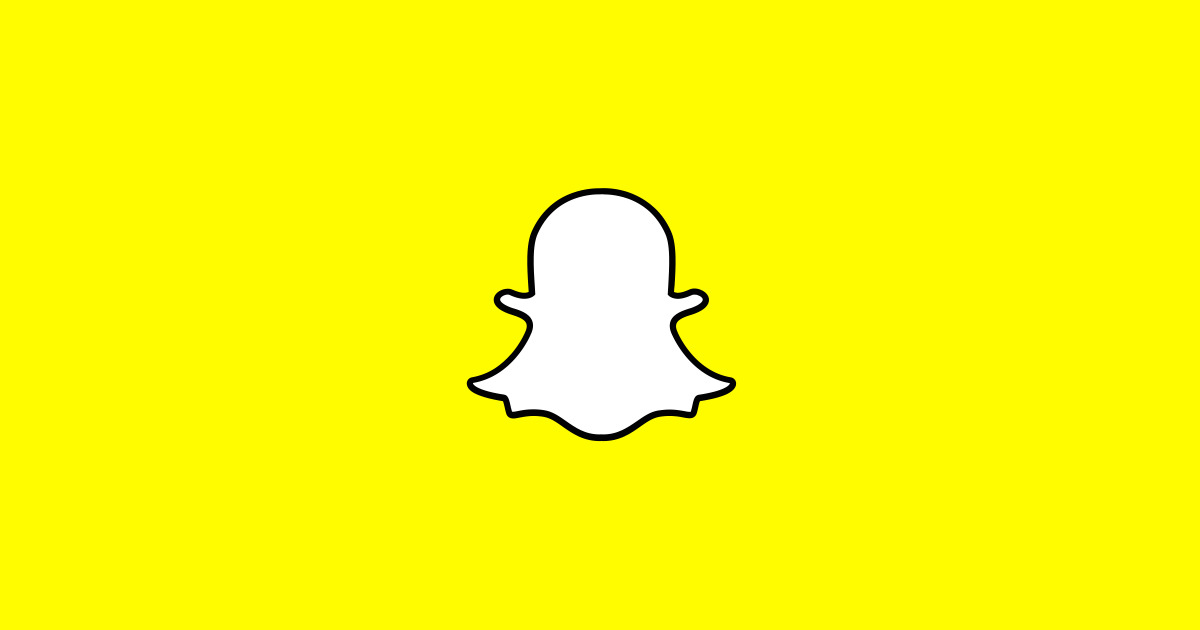Snapchat, a video and photo sending application, is known by many of its users to be a “battery hog” or a software application that uses up a lot of battery.
This can be attributed to its high bandwidth usage and its location tracking services. But the moment-sharing app is not the only culprit in battery draining. Apps such as Netflix, YouTube, Google Maps, and Facebook all kill a user’s battery at a staggering rate.
Many of these apps run in the background to give their users the most recent data, such as Gmail fetching a recently sent email or the Weather Channel App projecting the most up-to-date weather report. Netflix and YouTube must stream data for their videos and use up a lot of battery by lighting up your screen.
One type of app that is a major offender of exhausting energy cells are gaming apps. These games must use a lot of data, especially when playing in online multiplayer, storage space, and, you guessed it, battery. In fact, Verizon states games such as CATS: Crash Arena Turbo Stars, Ballz, Candy Crush Saga, and Asphalt 8: Airborne drain about 2.0, 2.4, 2.6, and 2.8 times more battery than normal.
To combat the dreadful draining, many suggest that the user dim the screen’s light. Dimming the screen will allow for battery usage to be allocated in smaller amounts for the screen display. Another suggestion is closing all apps in your background and to disable notifications. By doing so, phones will not needlessly expend battery life on updating information when it is not being used and sending alerts on “what is trending” or “Highlights” on Twitter.
Also, turning off location services and turning it back on when being used or just setting it to only use data/battery when using the software is another viable option.
Another way to beat the battery bleed is by deleting these apps all together! This may seem ridiculous, but using apps, like Facebook, on mobile browsers can reduce battery usage significantly.
Although many users want to use as little battery as possible, it is inevitable that they will reach a point where they cannot optimize their setup. Two ways to save energy (to the extreme are) are to turn off the phone completely or to buy a power bank.
Turning off the phone will save battery, but it will cut it off from the web (unless the user goes onto a laptop/PC) and take time to boot up. A power bank does not reduce battery usage, but provides another way to charge the phone and acts as a “second storage cell”. Hopefully, this article saves you the terror of seeing the empty battery symbol on your dead phone.



































